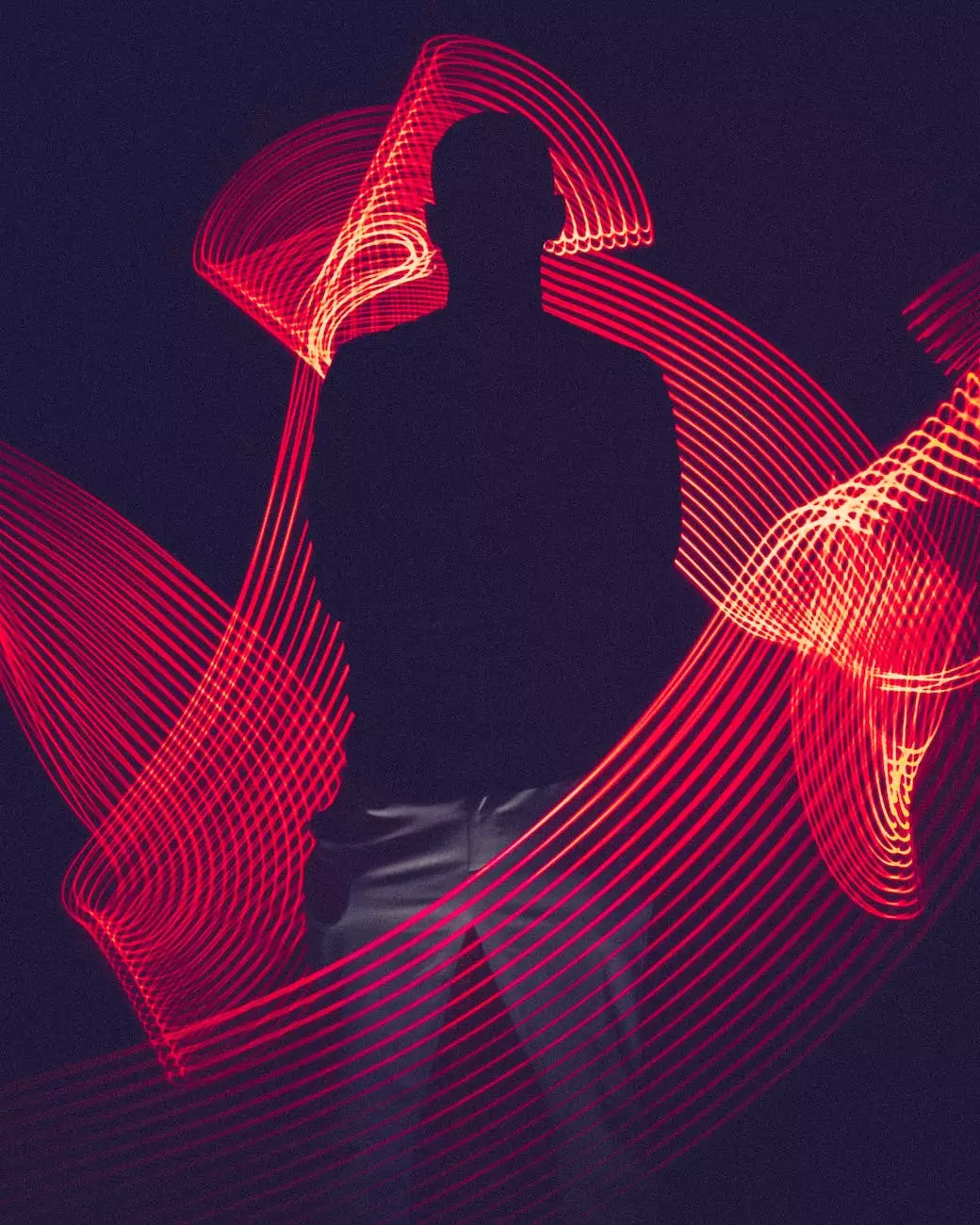How Color Psychology Works in Branding Strategies
Technology
Color psychology plays a crucial role in branding strategies. When it comes to building a successful business and consumer services - digital marketing, understanding how colors impact consumers' perceptions and emotions is essential. SEO Pros Dallas is here to guide you through this fascinating aspect of branding and provide insights into leveraging colors effectively to elevate your brand's identity.
Why Does Color Matter in Branding?
Colors evoke emotions and associations, often on a subconscious level. They have the power to shape how people perceive your brand and influence their buying decisions. By strategically choosing colors for your brand identity, you can create a visual representation that aligns with the values, personality, and message you want to convey. This cohesion helps establish a strong connection with your target audience.
The Impact of Different Colors
1. Red:
Red is a bold and intense color that stimulates energy, passion, and urgency. It grabs attention and implies excitement. Many food and beverage brands use red to stimulate appetite and impulse purchases.
2. Blue:
Blue is often associated with trust, reliability, and professionalism. It has a calming effect and is commonly used by banks, insurance companies, and tech organizations to foster a sense of security and stability.
3. Yellow:
Yellow represents happiness, optimism, and creativity. It can grab attention and inspire positivity. Many brands in the entertainment and food industries use yellow to create a warm and inviting atmosphere.
4. Green:
Green symbolizes nature, growth, and harmony. It is commonly associated with eco-friendly brands, health products, and financial institutions. Green elicits a sense of calmness and wellbeing.
5. Purple:
Purple represents luxury, sophistication, and creativity. It often appeals to a more artistic and imaginative audience. Many beauty and cosmetic brands utilize purple to convey elegance and uniqueness.
6. Orange:
Orange is a vibrant and energetic color that exudes enthusiasm, warmth, and friendliness. It can create a sense of excitement and spontaneity. Many sports and outdoor brands incorporate orange to convey a competitive and active lifestyle.
7. Pink:
Pink is associated with femininity, love, and compassion. It can evoke feelings of tenderness and nurturance. Many brands targeting female audiences use pink to create a sense of connection and understanding.
8. Black:
Black signifies strength, power, and sophistication. It is often used in luxury brands, high-end products, and fashion to create a sense of exclusivity. Black represents elegance and timelessness.
9. White:
White symbolizes purity, simplicity, and cleanliness. It conveys a sense of safety and transparency. Many medical, technology, and cosmetic brands opt for white to create a fresh and modern image.
Choosing the Right Colors for Your Brand
When selecting colors for your brand, consider your target audience, industry, and brand image. Conduct thorough research to understand the psychological associations different colors evoke. By aligning your brand values and personality with the appropriate colors, you can create a powerful and memorable brand identity.
Implementing Color Psychology in Your Branding Strategy
Once you have identified the colors that align with your brand, it's time to integrate them seamlessly across all branding touchpoints. From your logo and website design to packaging and marketing materials, consistency is key. The goal is to create a visual identity that triggers the desired emotions and associations every time customers encounter your brand.
Logo Design:
Your logo is the face of your brand. Ensure it represents your brand's personality and utilizes the chosen colors effectively. Consider the psychology behind each color when designing or redesigning your logo to make a distinct and lasting impression.
Website Design:
Your website is often the first point of contact with potential customers. Use colors strategically to create a user-friendly and visually appealing experience. Pay attention to color contrast, readability, and the emotions each section of your website should evoke.
Marketing Collateral:
Consistency is crucial across all marketing materials. Whether it's brochures, flyers, or social media graphics, ensure your brand colors are consistently applied. This cohesion reinforces brand recognition and strengthens your overall brand strategy.
Conclusion
In the world of branding, understanding the impact of colors is paramount. By leveraging color psychology effectively, you can create a strong brand identity that resonates with your target audience. SEO Pros Dallas specializes in business and consumer services - digital marketing, providing expert guidance to help elevate your brand's online presence. Contact us today to unlock the power of color psychology in your branding strategies.




